Microsoft shifts Windows 10X focus to single-screen devices
The change in strategy signals that Microsoft's dual-screen devices will be kicked further into the long grass
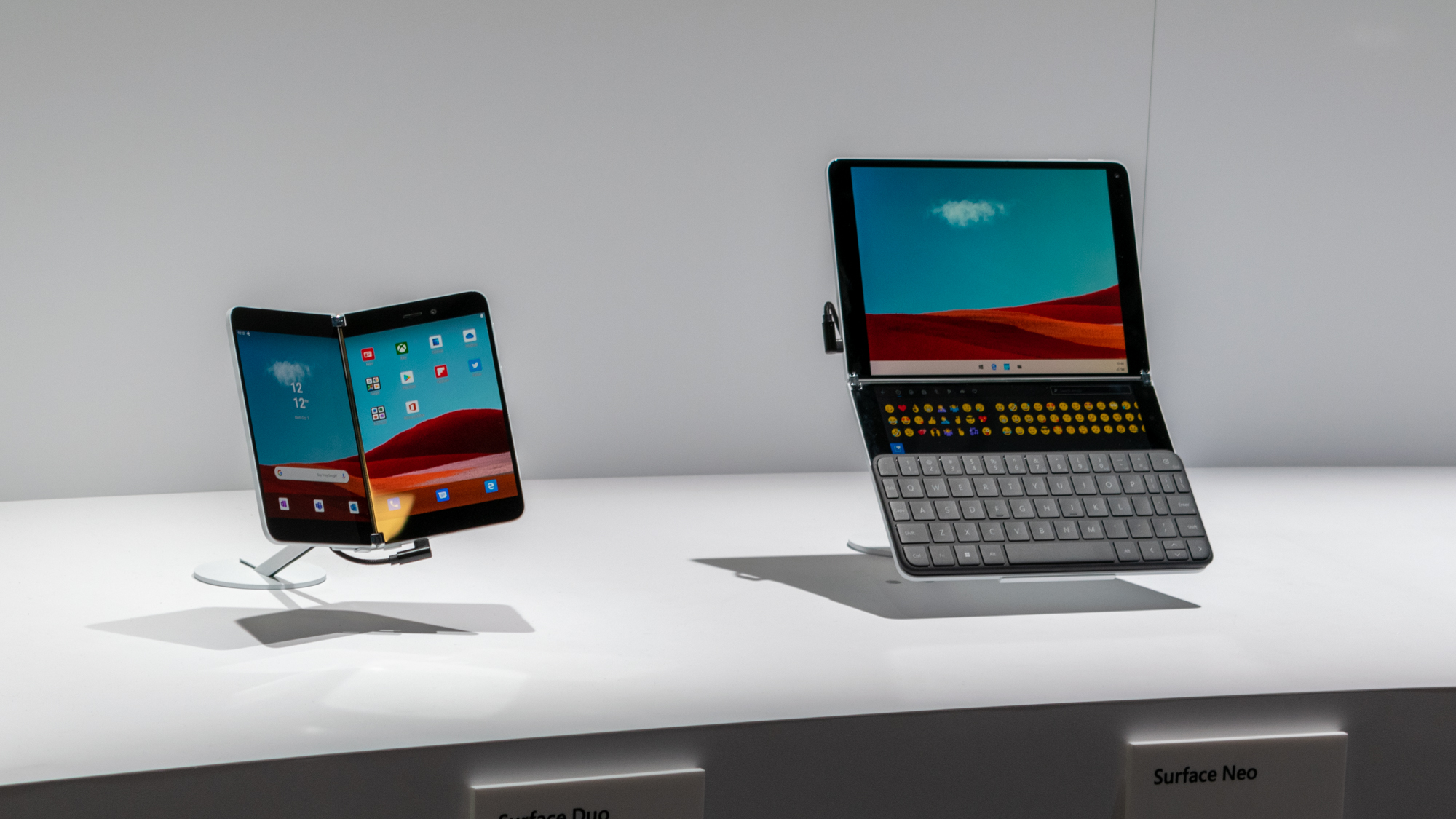

The focus of Windows 10X, the iteration of Microsoft’s flagship operating system devised to power dual-screen devices such as the Surface Neo, will shift to conventional single-screened devices.
Although the Microsoft Surface Duo and Surface Neo dual-screen devices were initially set to be launched in late 2020, reports suggested last month that the manufacturer had delayed the release of these devices until 2021.
The tech giant has now confirmed that focus on Windows 10X, developed specifically to power these devices, will pivot to fit single-screen devices due to the inherent “flexibility” of the operating system. Specifically, Windows 10X will ship with devices designed to “leverage the power of the cloud”.
“These single-screen devices will be the first expression of Windows 10X that we deliver to our customers, and we will continue to look for the right moment, in conjunction with our OEM partners, to bring dual-screen devices to market,” the firm confirmed in a blog post.
There are several key differences between Microsoft’s flagship Windows 10 operating system, and the 10X variant, mainly that it’s based on Windows Core OS, a platform from which all future Microsoft operating systems are expected to be based around. It’s the modern-day equivalent of Windows NT.
One key difference is that the Windows 10X will run traditional desktop applications through a single and combined container that generates a barebones version of Windows 10 in the background, meaning this won’t interfere with the core functions of 10X.
The Windows 10X user interface (UI) is also fully adaptive and adjusts depending on the orientation of the device in use. A foldable dual-screen clamshell device, such as the Surface Neo, for example, could be used in several ways including tablet mode, conventional notebook mode, or stood up in ‘tent mode’, with the operating system adapting each way.
Get the ITPro daily newsletter
Sign up today and you will receive a free copy of our Future Focus 2025 report - the leading guidance on AI, cybersecurity and other IT challenges as per 700+ senior executives
Other key UI differences include a refreshed start menu, new taskbar, and a notifications centre, among other aesthetic features.
Although a number of prominent manufacturers, including Samsung, Huawei and Motorola, have entered the dual-screen device market, it’s been an incredibly rocky ride.
The infamous Galaxy Fold of 2018, for instance, was launched “before it was ready”, according to the Samsung CEO DJ Koh. The rebooted Motorola Razr, meanwhile, faced delays to its launch after it was announced towards the end of 2019.

Keumars Afifi-Sabet is a writer and editor that specialises in public sector, cyber security, and cloud computing. He first joined ITPro as a staff writer in April 2018 and eventually became its Features Editor. Although a regular contributor to other tech sites in the past, these days you will find Keumars on LiveScience, where he runs its Technology section.
-
 Bigger salaries, more burnout: Is the CISO role in crisis?
Bigger salaries, more burnout: Is the CISO role in crisis?In-depth CISOs are more stressed than ever before – but why is this and what can be done?
By Kate O'Flaherty Published
-
 Cheap cyber crime kits can be bought on the dark web for less than $25
Cheap cyber crime kits can be bought on the dark web for less than $25News Research from NordVPN shows phishing kits are now widely available on the dark web and via messaging apps like Telegram, and are often selling for less than $25.
By Emma Woollacott Published
-
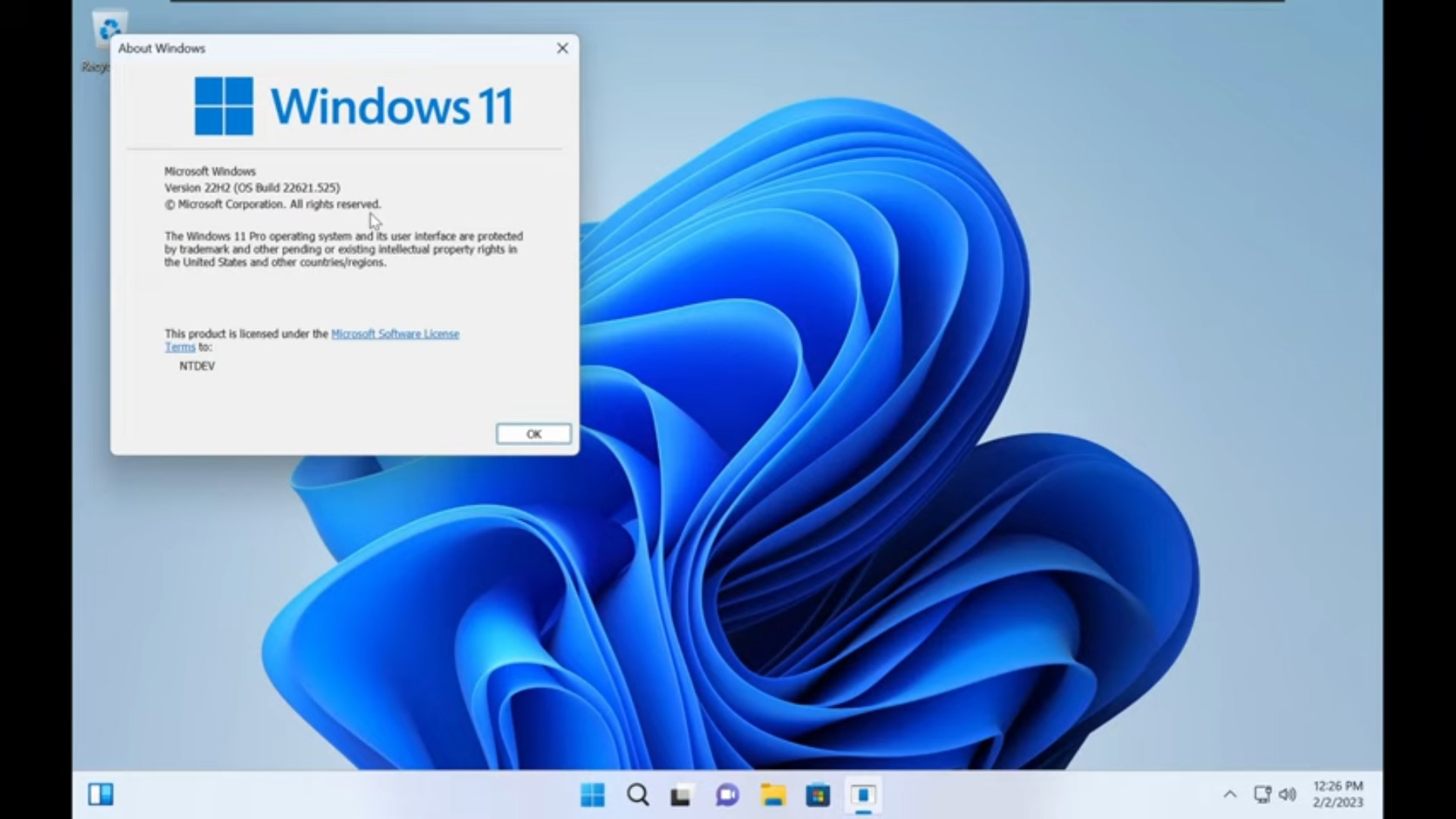 Tiny11 review: Windows 11 with only 2GB of RAM
Tiny11 review: Windows 11 with only 2GB of RAMReview A version of Windows 11 for older machines that don't meet the full requirements
By Nik Rawlinson Published
-
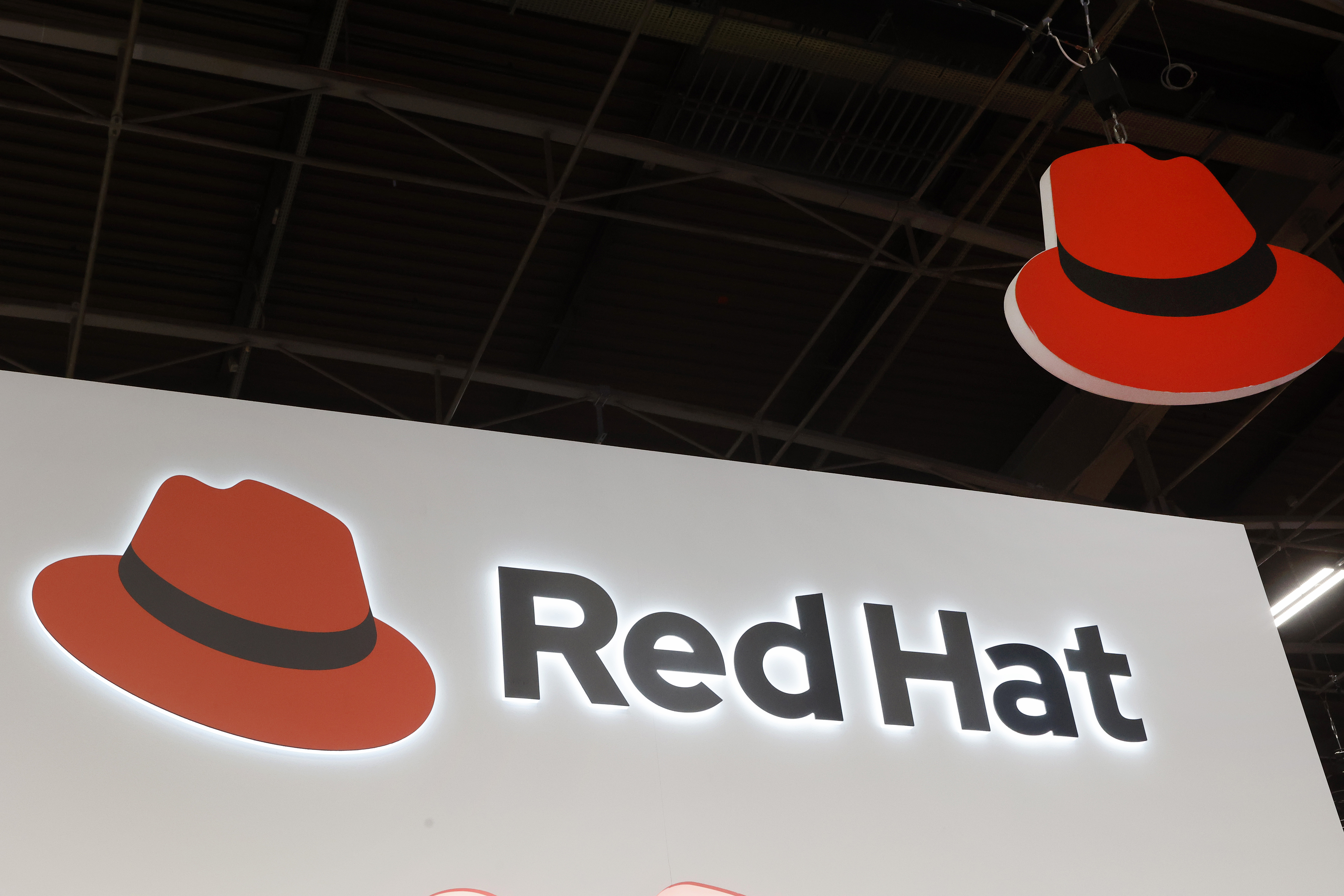 Red Hat Enterprise Linux becomes foundational operating system for Cohesity Data Cloud
Red Hat Enterprise Linux becomes foundational operating system for Cohesity Data CloudNews New strategic partnership between Red Hat and Cohesity aims to drive innovation in the data security and management space
By Daniel Todd Published
-
 Ubuntu shifts to four-week update cycle
Ubuntu shifts to four-week update cycleNews Critical fixes will also come every two weeks, mitigating the issues involved with releasing prompt patches on the old three-week cadence
By Richard Speed Published
-
 AlmaLinux follows Oracle in ditching RHEL compatibility
AlmaLinux follows Oracle in ditching RHEL compatibilityNews Application binary compatibility is now the aim with 1:1 now dropped
By Richard Speed Published
-
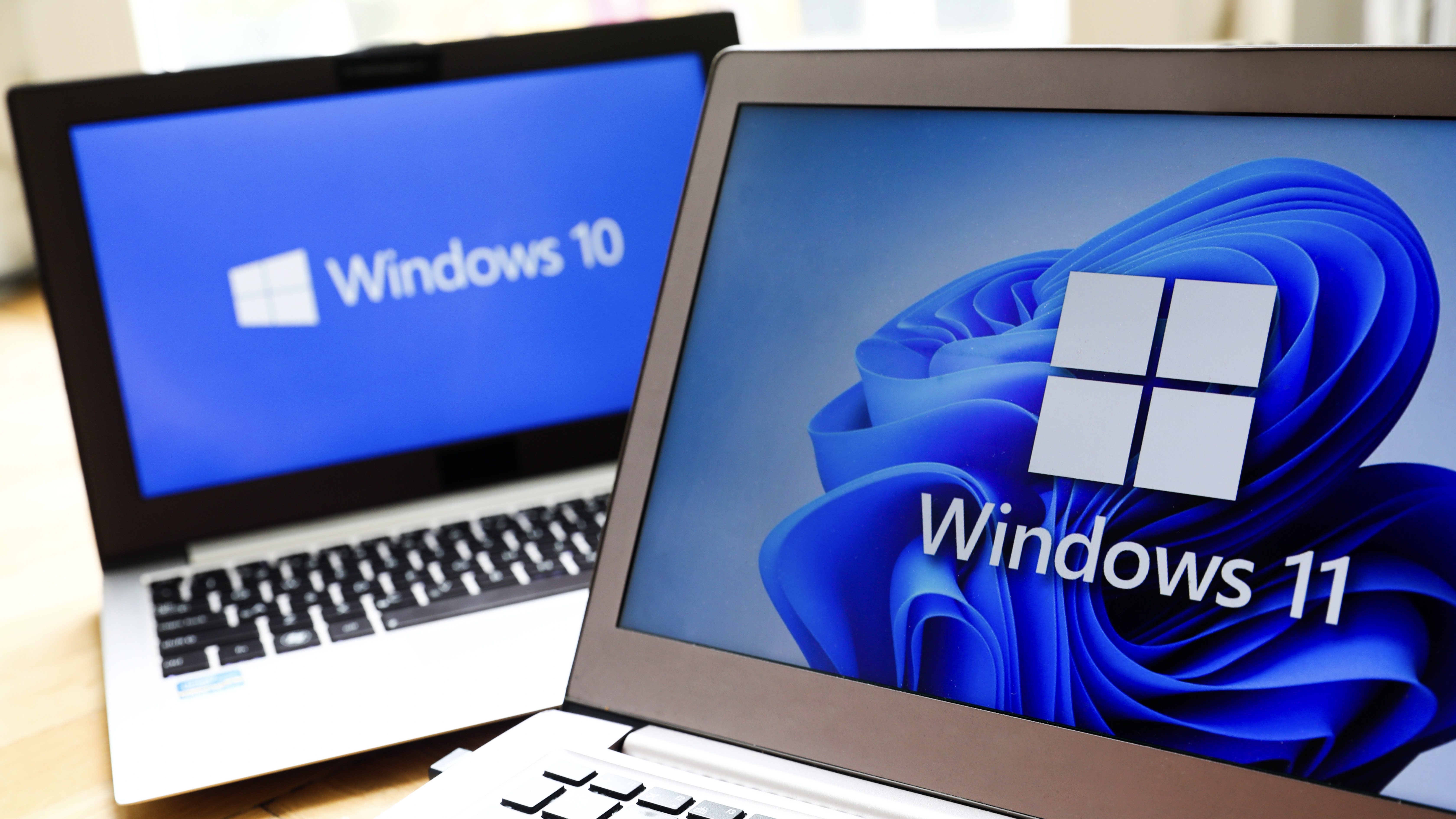 How big is the Windows 10 cliff-edge?
How big is the Windows 10 cliff-edge?ITPro Network With some comparing the upcoming Windows 10 end of life to Windows XP, we ask members of the ITPro Network for their insight
By Jane McCallion Published
-
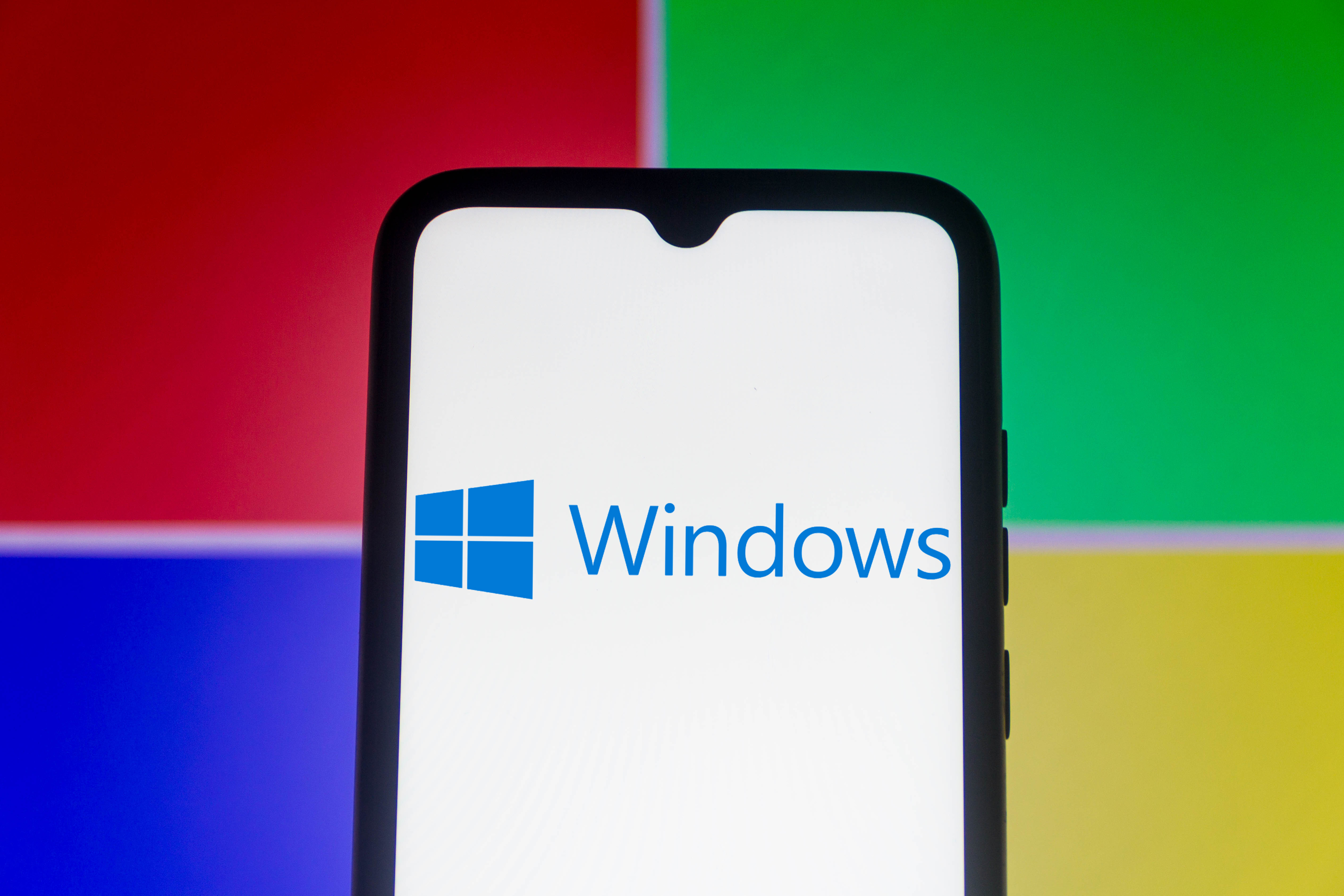 Everything you need to know about the latest Windows 11 updates - from bug fixes to brand-new features
Everything you need to know about the latest Windows 11 updates - from bug fixes to brand-new featuresNews Two new cumulative updates are on the way and will be installed automatically on Windows 10 and Windows 11 machines
By Rory Bathgate Published
-
 How to download a Windows 11 ISO file and perform a clean install
How to download a Windows 11 ISO file and perform a clean installTutorial Use a Windows 11 ISO to install the operating system afresh
By John Loeppky Published
-
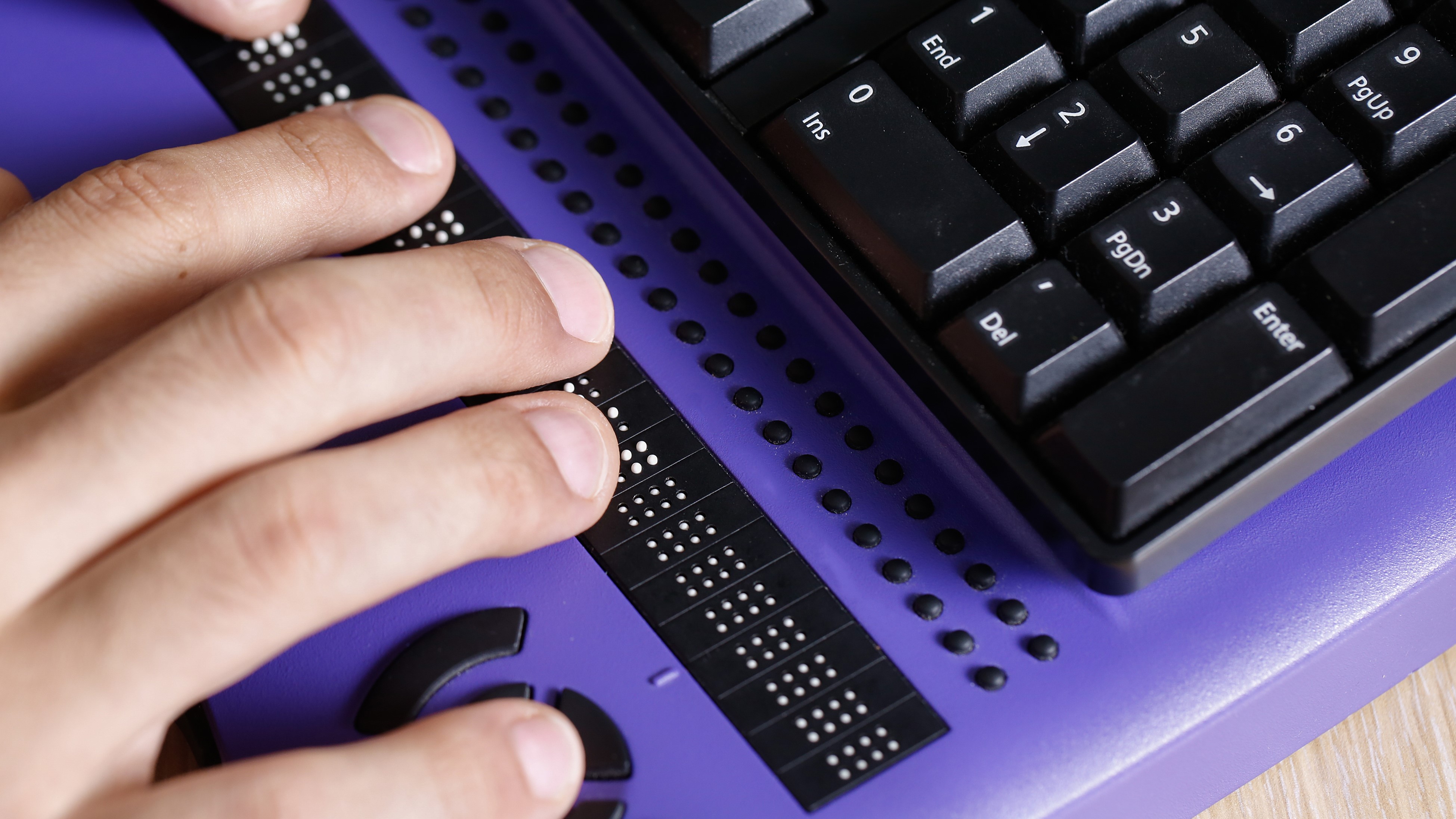 We could all benefit from better Windows and macOS accessibility features
We could all benefit from better Windows and macOS accessibility featuresOpinion Today’s accessibility features can help you work through a nasty injury, but there’s still plenty of room for improvement
By Barry Collins Published